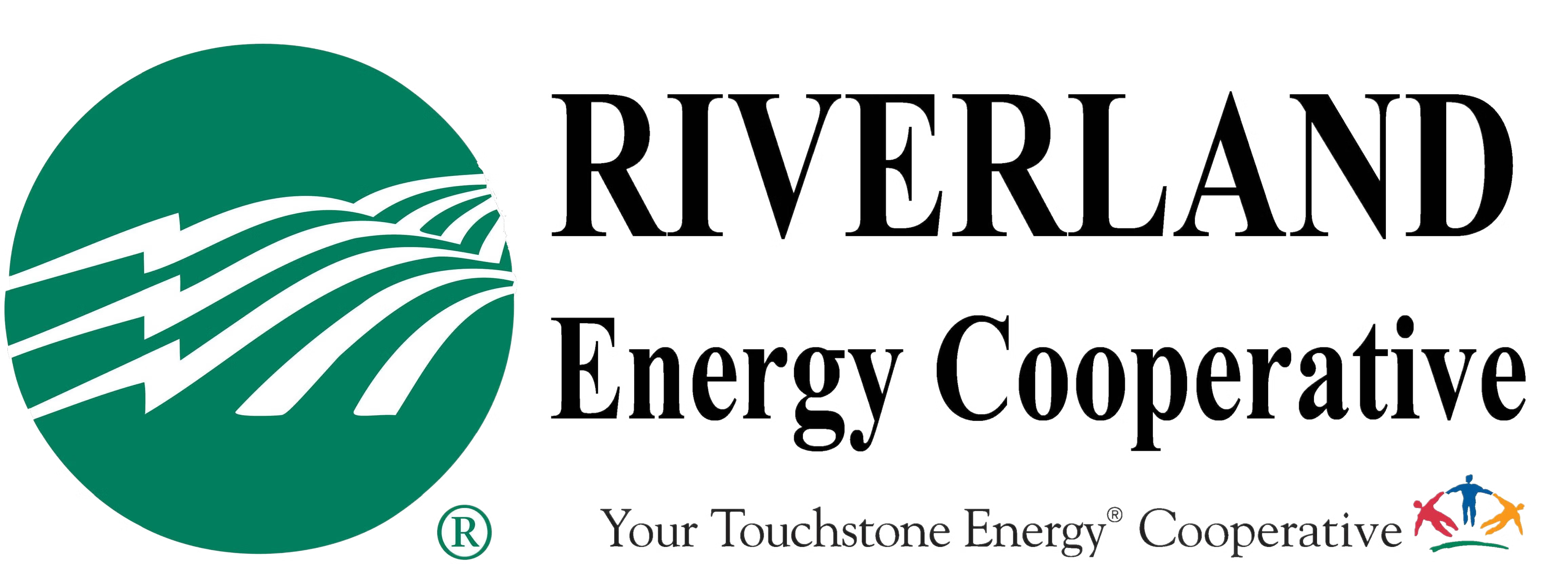Members interested in installing their own solar panels can begin the process of applying for interconnection here. Riverland Energy Cooperative will work with members to ensure that generation equipment is installed in a proper and safe manner and in accordance with all applicable codes, standards, regulations, laws, and insurance requirements. Members will be responsible for coordinating the installation and approval of electric power generators with the local code inspection authority (township or municipal).
If you are interested in installing solar on your home or business served by Riverland Energy Cooperative, here are some things you need to do:
Contact Us: Before investing in a solar system, contact us to discuss your plan. Let us help you decide what makes the most sense for your home. Make an extensive plan to ensure your project goes smoothly. We will let you know of rates, requirements, and obtain your annual usage report. If you're interested, please call us at 800-411-9115, or send an email to Jcurran@riverlandenergy.com.
Research and select a reputable contractor: It is a good idea to get multiple bids from reputable contractors. The contractor can help you with any rebates or credits that may be available. Riverland Energy Cooperative does not have a rebate for distributed generation systems, solar, or wind. If you want to talk to a contractor, be sure to check references.
Solar Payback Reference: Use the National Renewable Energy Laboratory (NREL) calculator to help you figure out your estimated energy output and compare estimated cost at www.PVWatts.nrel.gov.

